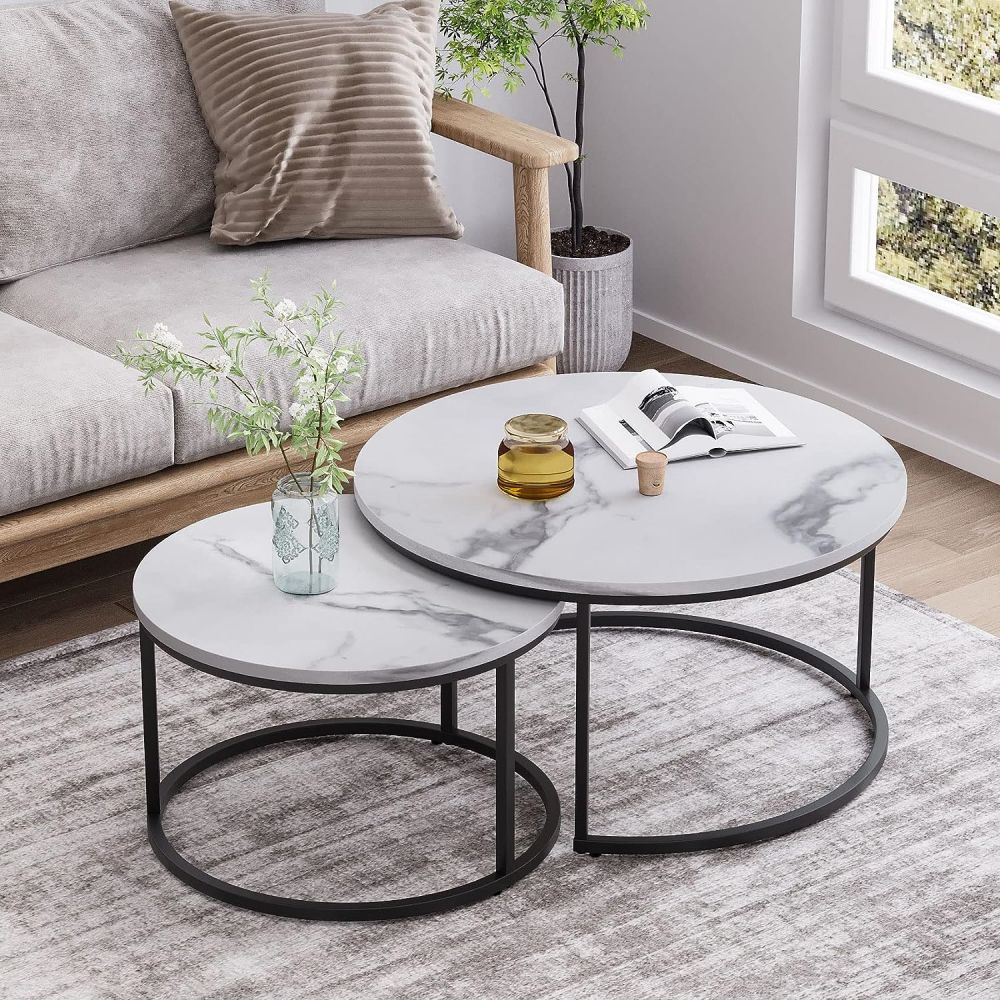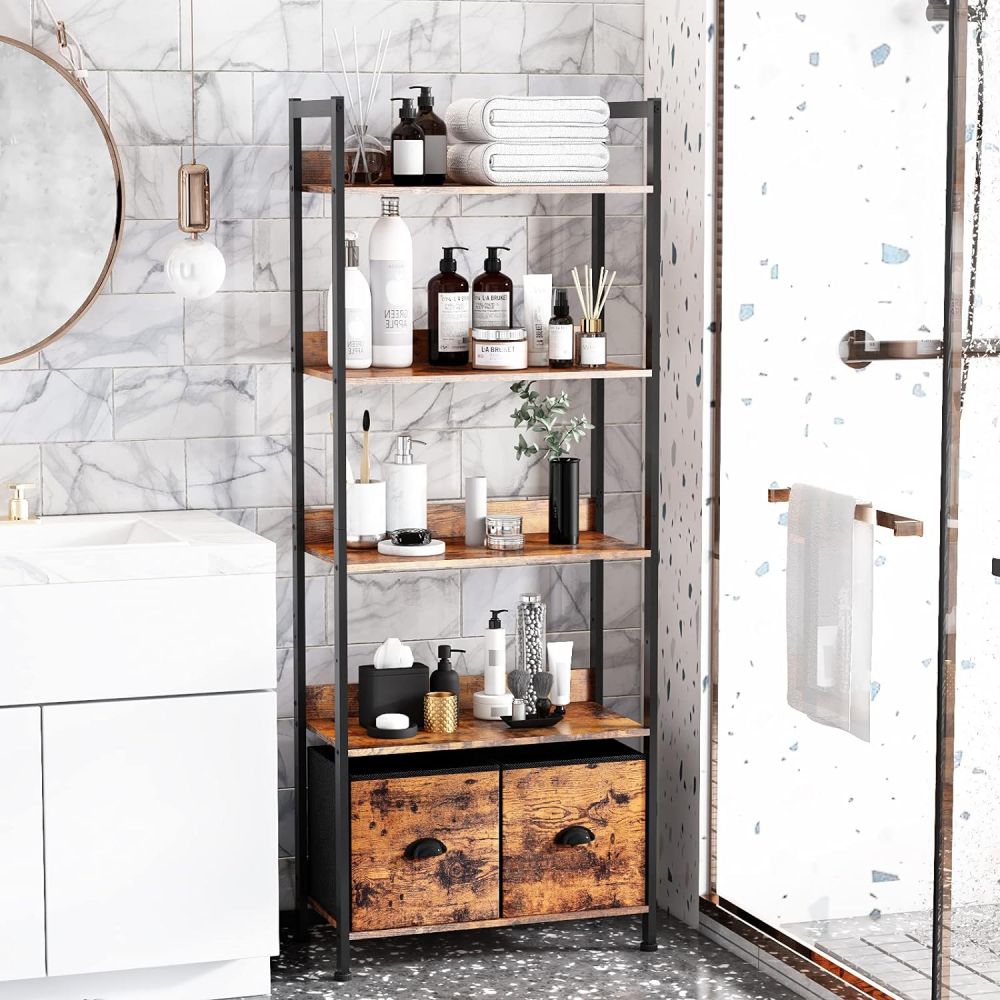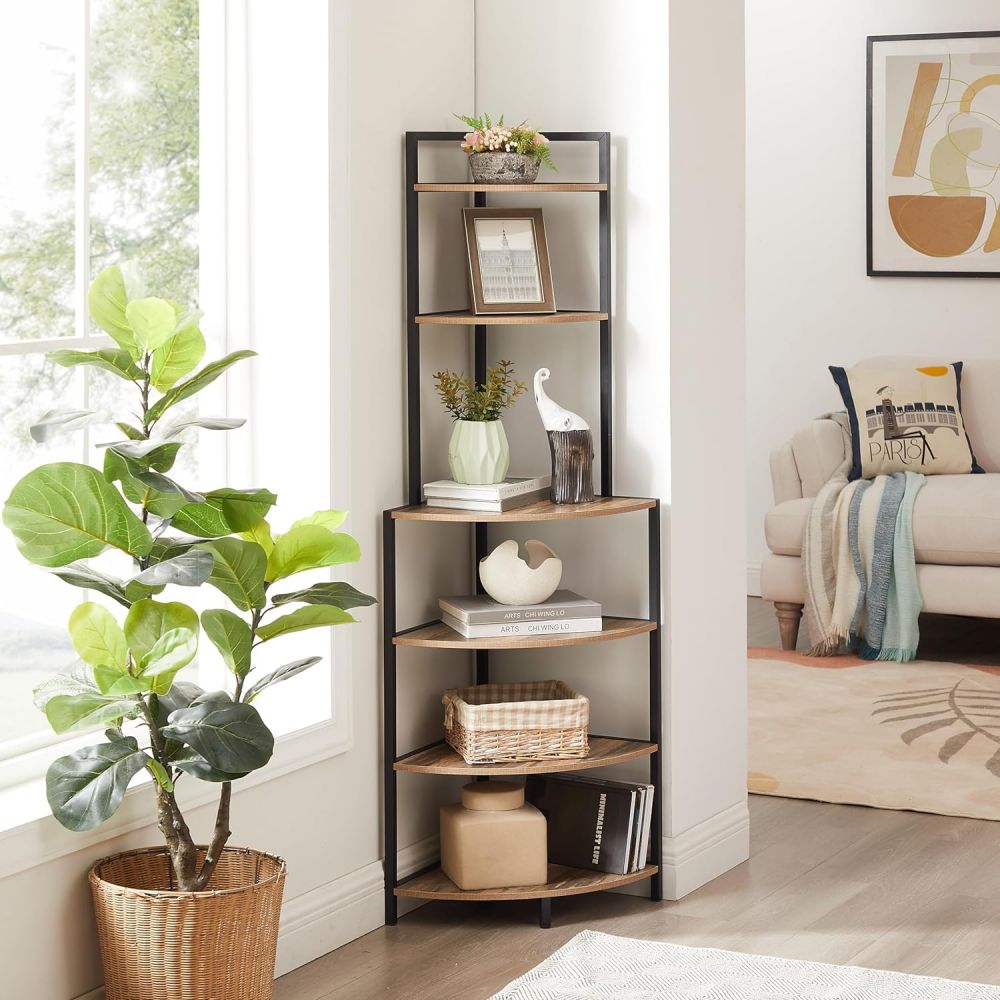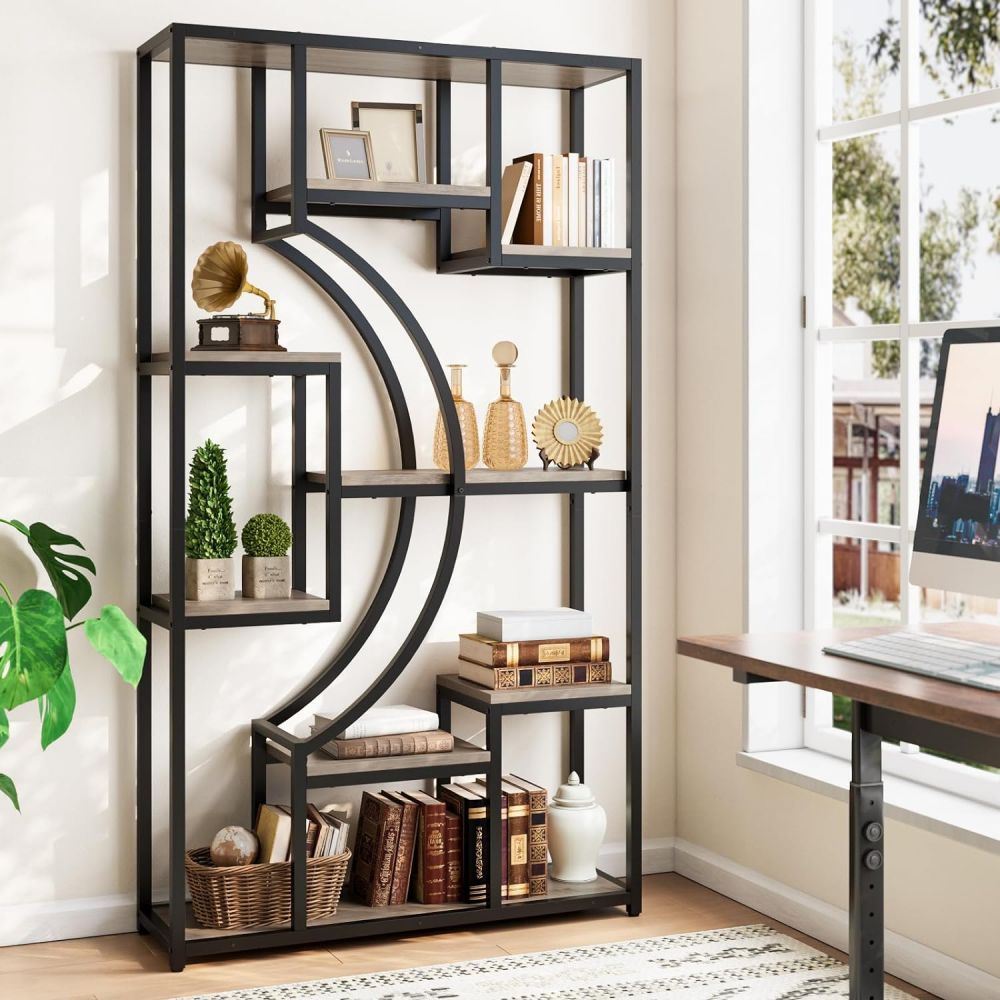Welcome to our factory. Below you can find a panoramic view of our facility, showcasing our comprehensive and well-organized layout. This overview highlights the scale and efficiency of our operations, providing you with a clear understanding of our production capabilities.

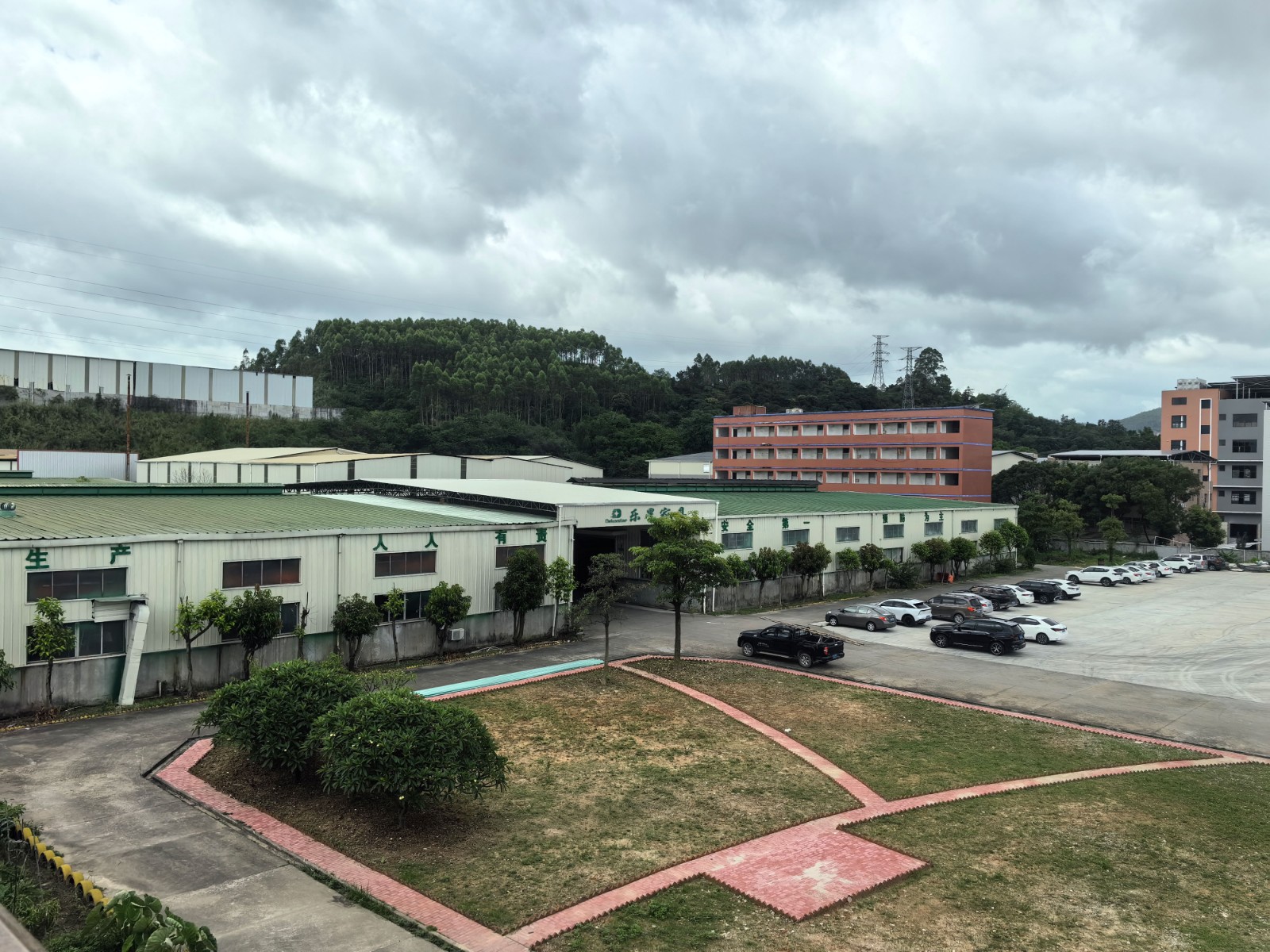
Facilities and Capabilities
Factory Area: 100,000 square meters
Production Lines: 5 advanced production lines
Workshops:
Metal Workshop
Wood Workshop
Injection Molding Workshop
Packaging Workshop
Warehouse
Design and Quality Control Teams
Design Team: Our team of 3 talented designers is dedicated to creating innovative and functional designs tailored to meet our clients' needs.
Quality Control Team: Our QC team comprises 10 experienced professionals who ensure that every product meets our stringent quality standards.
Production Workshops
1. Metal Workshop
Laser Cutting and Punching: We use automated laser cutting machines to precisely cut and punch holes in the metal sheets, ensuring accuracy and efficiency.
Tube Bending: The cut metal is then transferred to the tube bending machines, where it is bent into the desired shapes and angles.
Robotic Welding: Using automated robotic arms, we perform welding operations to join metal parts. This ensures strong and consistent welds across all components.
Grinding: Skilled workers then grind the welded parts to smooth out any rough edges and achieve a polished finish.
Pickling Process: The metal parts undergo a thorough pickling process, which includes ten stages of acid treatment to remove impurities and prepare the surface for coating.
Electrostatic Powder Coating: Finally, the cleaned and treated metal parts are electrostatically powder-coated. This provides a durable and high-quality finish that enhances both the appearance and longevity of the products.
2. Wood Workshop
Automated Cutting: We use automated cutting machines to precisely cut standard wooden boards to the required dimensions.
CNC Routing for Irregular Shapes: For boards with irregular shapes, we employ CNC routing machines to achieve precise and intricate cuts.
Edge Banding: The cut wooden pieces then undergo edge banding to apply a protective and decorative edge strip, enhancing the durability and appearance of the edges.
Six-Sided Drilling: The edge-banded boards are then processed with a six-sided drilling machine to drill accurate and consistent holes as per the design specifications.
Insert Nuts: Skilled workers then embed nuts into the drilled holes to provide strong and secure fastening points for the assembly process.
Surface Cleaning: Finally, the boards are thoroughly cleaned to remove any dust or debris, ensuring a smooth and pristine surface ready for assembly or finishing.
3. Injection Molding Workshop
Material Preparation: Raw plastic materials are dried and mixed with colorants and additives to achieve the desired properties and colors.
Injection Molding: The prepared plastic material is fed into the injection molding machine, where it is heated until it becomes molten. The molten plastic is then injected into a mold cavity under high pressure.
Cooling: Once the mold is filled, the plastic is allowed to cool and solidify within the mold. Cooling systems are used to ensure uniform cooling and minimize defects.
Ejection: After the plastic has solidified, the mold is opened, and the finished part is ejected from the mold cavity using ejector pins or plates.
Trimming and Deflashing: The ejected parts may have excess material (flash) which is trimmed off to ensure clean and precise edges.
Quality Inspection: Each part undergoes a rigorous quality inspection to check for defects, dimensional accuracy, and overall quality. Any defective parts are discarded or reworked.
Assembly and Finishing (if applicable): Some components may require additional assembly or finishing processes, such as adding inserts, painting, or labeling.
4. Packaging Workshop
Product Sorting and Inspection: Finished products are sorted and undergo a final inspection to ensure they meet quality standards before packaging.
Protective Wrapping: Each product is wrapped in protective materials, such as bubble wrap or foam, to prevent damage during transit.
Boxing: Wrapped products are then placed in appropriate-sized boxes. The boxes are selected to ensure a snug fit, minimizing movement and potential damage.
Sealing: The boxes are securely sealed using tape or other sealing materials to ensure they remain closed during transportation.
Labeling: Each sealed box is labeled with relevant information, including product details, quantity, handling instructions, and shipping addresses. Barcodes may also be applied for inventory tracking and scanning.
Palletizing: The labeled boxes are organized and stacked on pallets. Pallets are wrapped with stretch film to keep the boxes in place and provide additional stability.
Quality Check: A final quality check is performed to ensure that all packaging is secure and correctly labeled. This step also involves verifying the accuracy of the packed orders against the packing lists.
Storage and Shipping Preparation: The pallets are moved to the warehouse area, where they are stored temporarily before being loaded onto trucks for shipping.
5. Warehouse
Receiving Goods: Incoming shipments are received and inspected for accuracy and condition. This includes checking for any damage and verifying that the products match the shipping documents.
Unloading and Sorting: Goods are unloaded from delivery trucks and sorted according to product type, category, or destination. This helps in organizing the warehouse efficiently and preparing items for storage or further processing.
Inventory Management: Products are logged into our inventory management system, which tracks quantities, locations, and other relevant details. This system ensures accurate record-keeping and helps in managing stock levels.
Storage: Products are stored in designated areas of the warehouse, such as shelves, bins, or pallets, based on their size, type, and storage requirements. Proper organization is maintained to facilitate easy access and retrieval.
Order Picking: When orders are placed, items are picked from their storage locations according to the order specifications. This process may involve manual picking or automated systems, depending on the warehouse setup.
Packing: Picked items are packed into appropriate containers or boxes for shipment. Packaging materials are used to protect the products during transit, and packing lists are included to ensure order accuracy.
Shipping Preparation: Packed orders are organized for shipment, with shipping labels and documentation prepared. The orders are then staged for loading onto delivery trucks.
Loading: Orders are loaded onto delivery trucks according to scheduled dispatches. Care is taken to ensure that the loading process is efficient and that goods are secured properly to prevent damage during transport.
Returns Management: Any returned items are processed and inspected. Returns are logged into the inventory system, and products are either restocked, repaired, or disposed of according to company policies.
Inventory Audits: Regular inventory audits are conducted to ensure the accuracy of stock levels and to identify any discrepancies. This helps in maintaining inventory integrity and optimizing warehouse operations.
Quality Assurance
Every stage of our production process is equipped with rigorous quality inspection procedures. From raw material selection to final product packaging, our QC team meticulously inspects each component and product to ensure it meets our high standards of quality.

